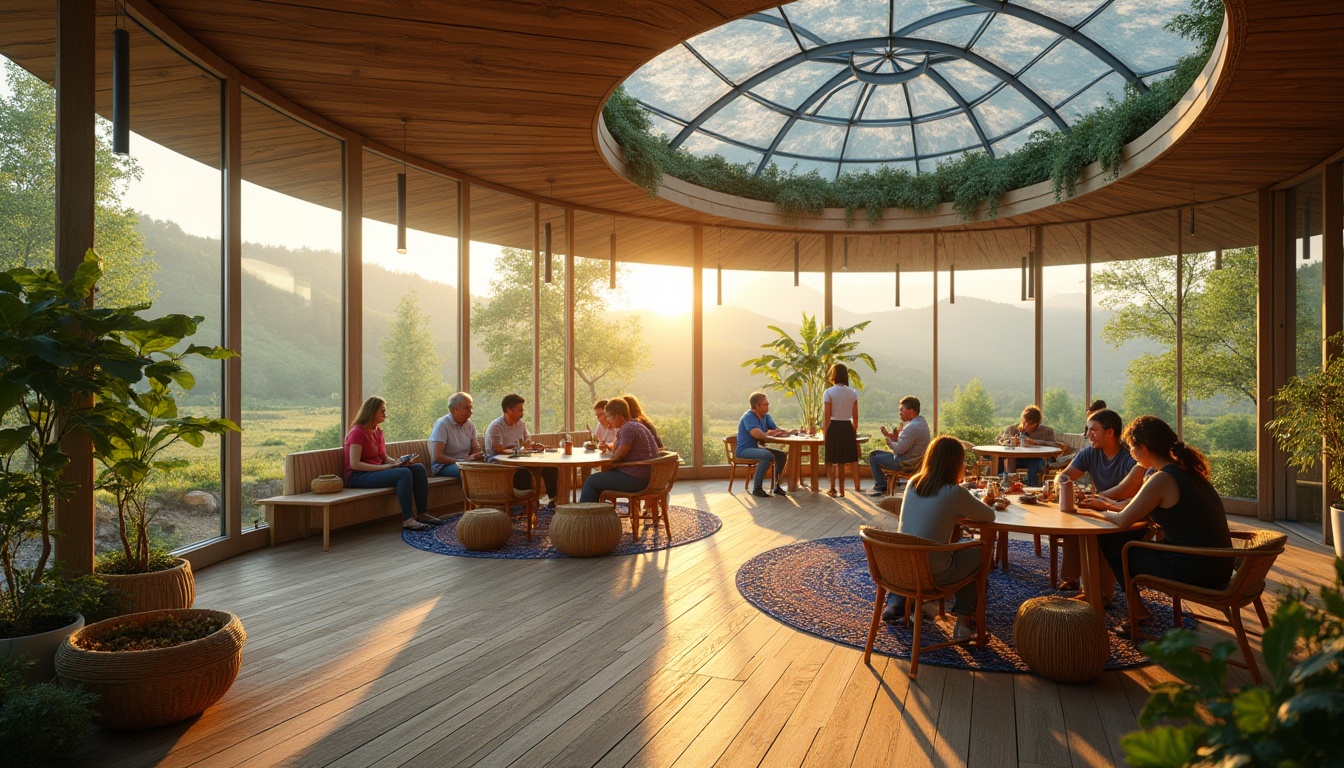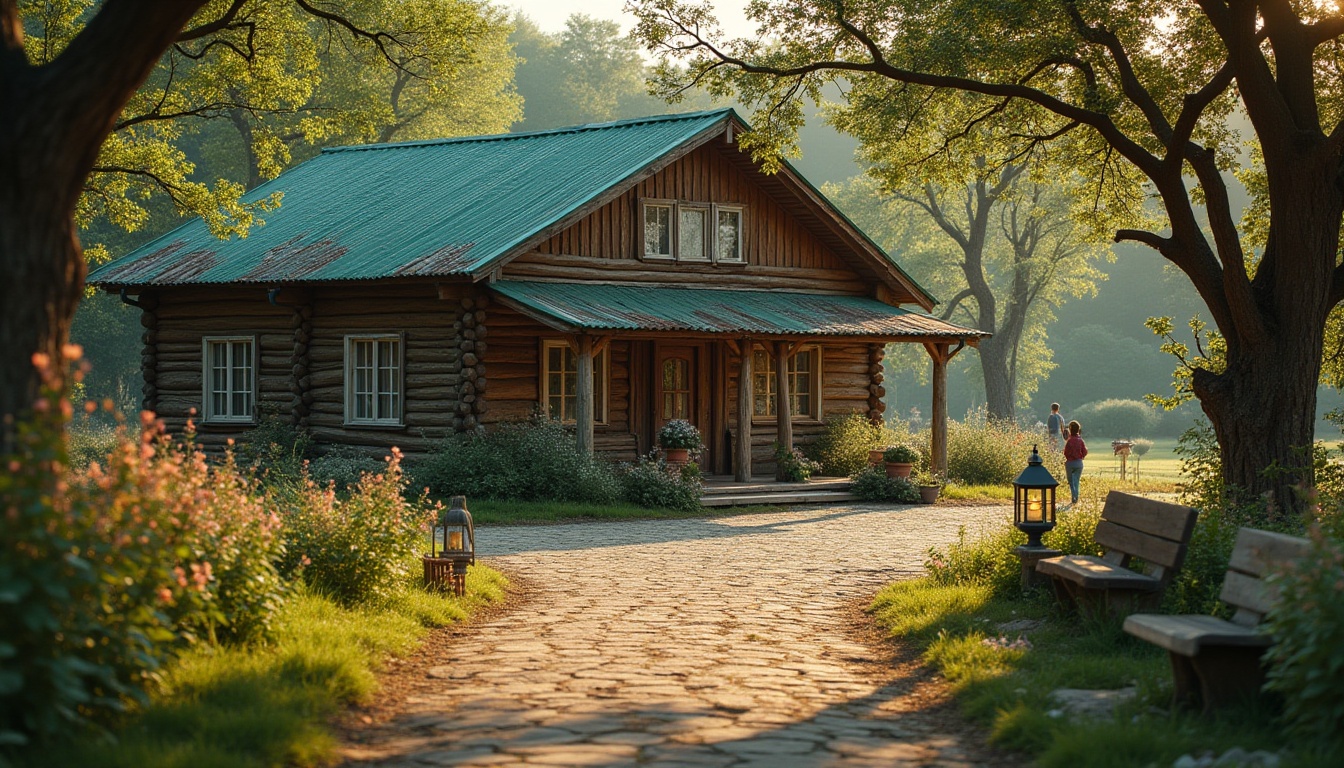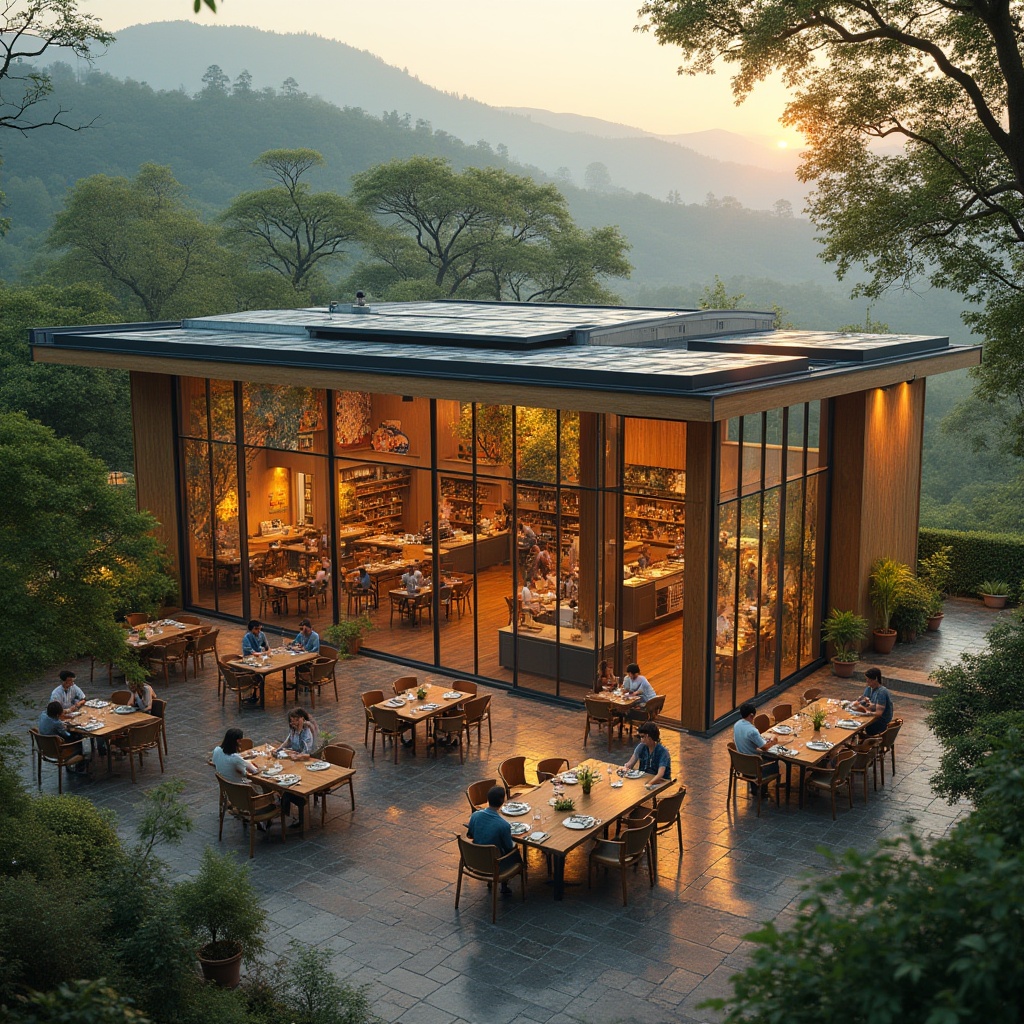دعو الأصدقاء واحصل على عملات مجانية لكم جميعًا
Design ideas
/
Architecture
/
Community Center
/
Rural Community Center Metabolism Style Design Ideas
Rural Community Center Metabolism Style Design Ideas
The metabolism style in architecture is a fascinating approach that emphasizes flexibility and adaptability, making it particularly suitable for community centers in rural areas. This design philosophy often incorporates natural materials, such as brick, and a muted color palette, like gray, to harmonize with the surrounding environment. In this collection, we present over 100 design ideas that showcase how metabolism style can enhance the functionality and aesthetic appeal of rural community centers, creating spaces that foster community engagement and interaction.
Exploring the Metabolism Style in Rural Community Centers
Metabolism style architecture is characterized by its focus on modularity and organic growth, making it an ideal choice for rural community centers. This design approach allows for the creation of spaces that can evolve over time, accommodating the changing needs of the community. By utilizing brick materials, these centers not only achieve durability but also blend seamlessly with the rural landscape. The gray color palette further enhances this integration, providing a modern yet understated aesthetic that appeals to a wide range of users.
Prompt: Rural community center, metabolism style, modern architecture, curved lines, green roof, solar panels, wooden accents, floor-to-ceiling windows, natural light, interior plants, minimalist decor, comfortable seating areas, people of different ages interacting, laughing, chatting, reading, playing board games, warm lighting, cozy atmosphere, afternoon sunbeams, soft shadows, vibrant colors, folk patterns, woven baskets, natural materials, earthy tones, serene surroundings, rolling hills, green pastures, distant mountains.
Prompt: Rural community center, rustic wooden exterior, green roof, surrounded by lush greenery, blooming wildflowers, old trees with twisted branches, few villagers chatting outside, warm afternoon sunlight, soft shadows, worn stone path leading to the entrance, old wooden benches, vintage metal lanterns, natural textures, earthy colors, cozy atmosphere, 3/4 composition, warm lighting, shallow depth of field, cinematic mood.
Prompt: Rural community center, metabolism style, modern architecture, glass facade, wooden accents, green roof, solar panels, vibrant murals, bustling interior, natural light, open spaces, communal kitchen, wooden tables, wicker chairs, potted plants, earthy tone, warm atmosphere, people gathering, laughing, cooking, children playing, sunset view, rolling hills, surrounding forests, misty morning, soft focus, cinematic composition, 3/4 angle shot.
The Role of Brick Material in Community Center Design
Brick is a timeless building material that offers both strength and beauty, making it a popular choice for community centers. In the context of metabolism style, brick can be used to create dynamic forms and structures that reflect the community's identity. Its natural texture and color variations add warmth and character to the design, while also ensuring longevity and low maintenance. This section explores various design cases where brick plays a pivotal role in enhancing the overall appeal and functionality of rural community centers.
Gray Color Schemes for Modern Community Centers
Gray is a versatile color that can evoke a sense of calm and sophistication, making it an excellent choice for community center designs. In metabolism style architecture, gray can be used to create a cohesive look that complements the surrounding rural environment. This section delves into how different shades of gray can be applied in various design elements, from exterior facades to interior spaces, to create a harmonious and inviting atmosphere for community gatherings and activities.
Benefits of Metabolism Style in Rural Areas
The metabolism style offers numerous benefits for rural community centers, including flexibility, sustainability, and community engagement. By designing spaces that can adapt to various functions and events, these centers become vital hubs for local residents. This section highlights the advantages of incorporating metabolism principles into rural architecture, showcasing how these designs can foster a sense of belonging and promote social interaction among community members.
Inspiration from Successful Rural Community Centers
Looking at successful examples of rural community centers designed in the metabolism style can provide valuable insights and inspiration for new projects. This section features case studies of community centers that have effectively utilized brick materials and gray color schemes to create inviting and functional spaces. By analyzing these designs, architects and planners can gain a deeper understanding of how to implement metabolism principles in their own projects.
Conclusion
In summary, the metabolism style offers a unique and innovative approach to designing rural community centers. By utilizing brick materials and gray color palettes, these designs not only enhance the aesthetic appeal but also ensure functionality and adaptability. The benefits of this architectural style are evident in its ability to foster community engagement and create spaces that evolve with the needs of the residents. Whether you are an architect, planner, or community leader, exploring metabolism style can lead to inspiring and impactful design solutions.
Want to quickly try community-center design?
Let PromeAI help you quickly implement your designs!
Get Started For Free
Other related design ideas

Rural Community Center Metabolism Style Design Ideas

Rural Community Center Metabolism Style Design Ideas

Rural Community Center Metabolism Style Design Ideas

Rural Community Center Metabolism Style Design Ideas

Rural Community Center Metabolism Style Design Ideas

Rural Community Center Metabolism Style Design Ideas




